Target Towing - GFD / Rendsburg-Hohn
Update: 2019/12/08 by Robert Kysela / CHK6
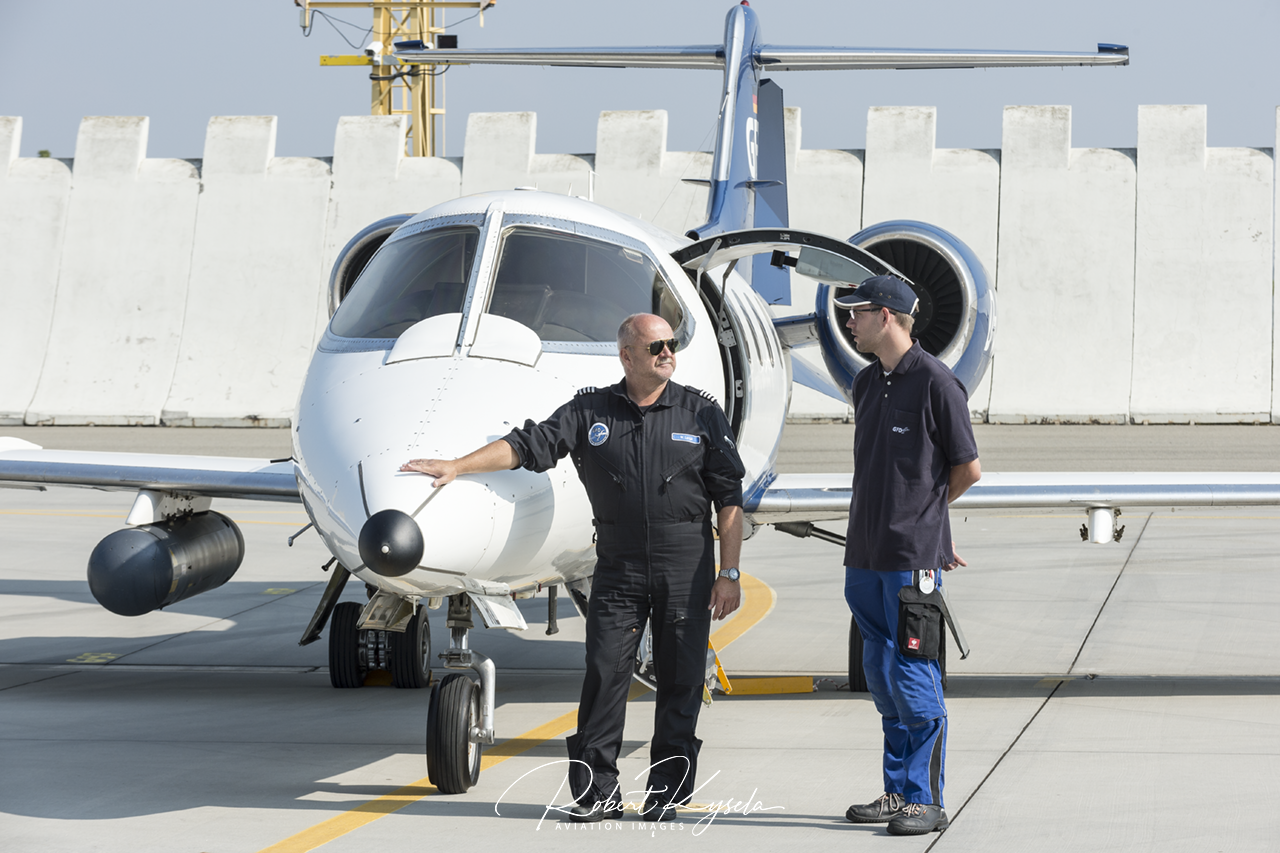
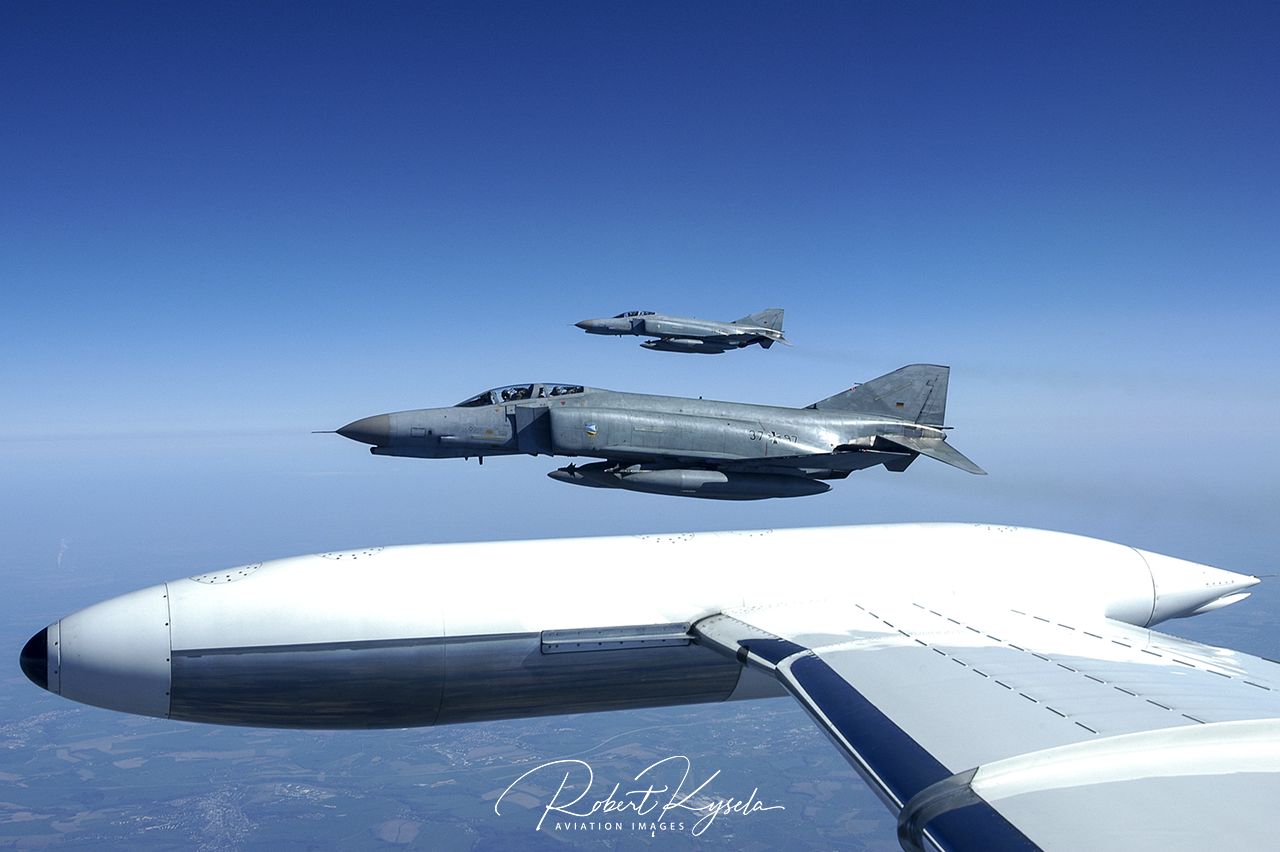
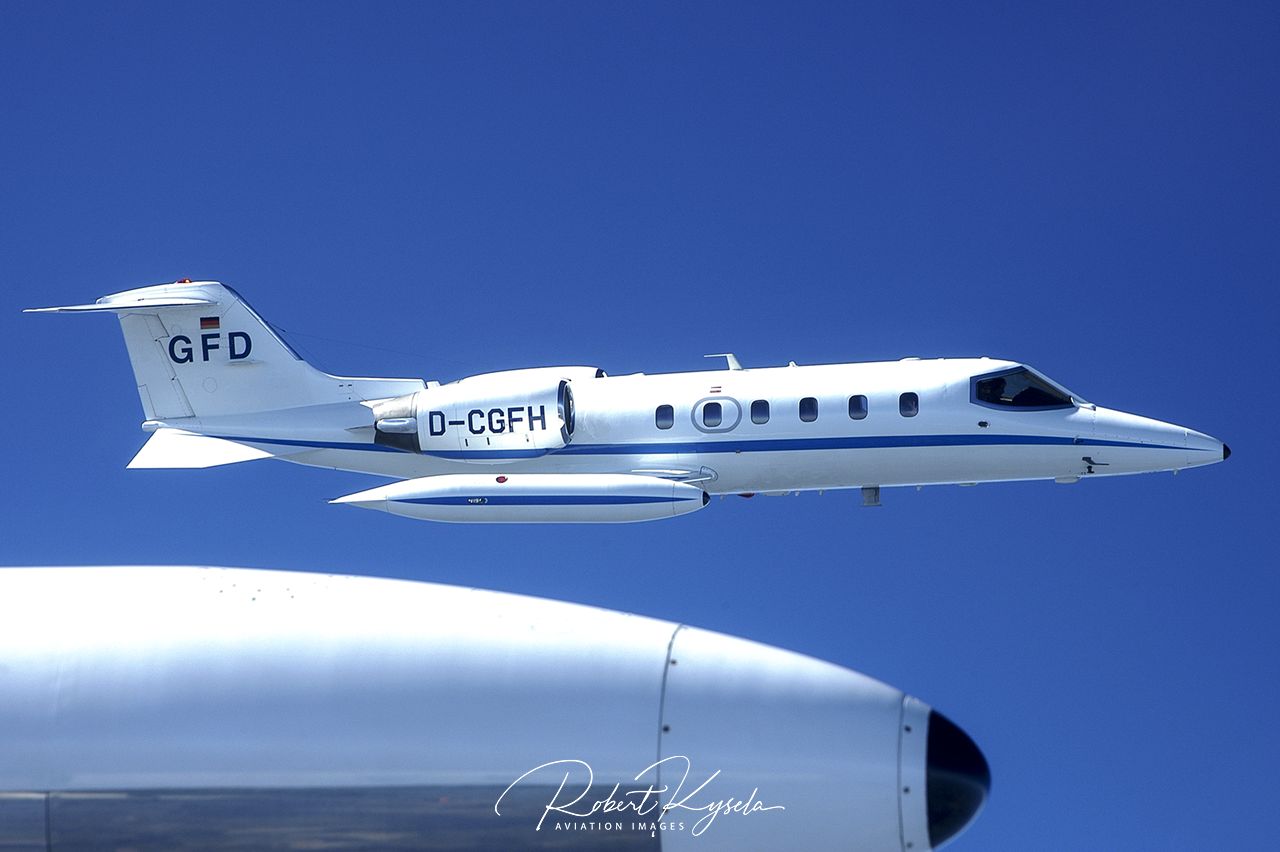
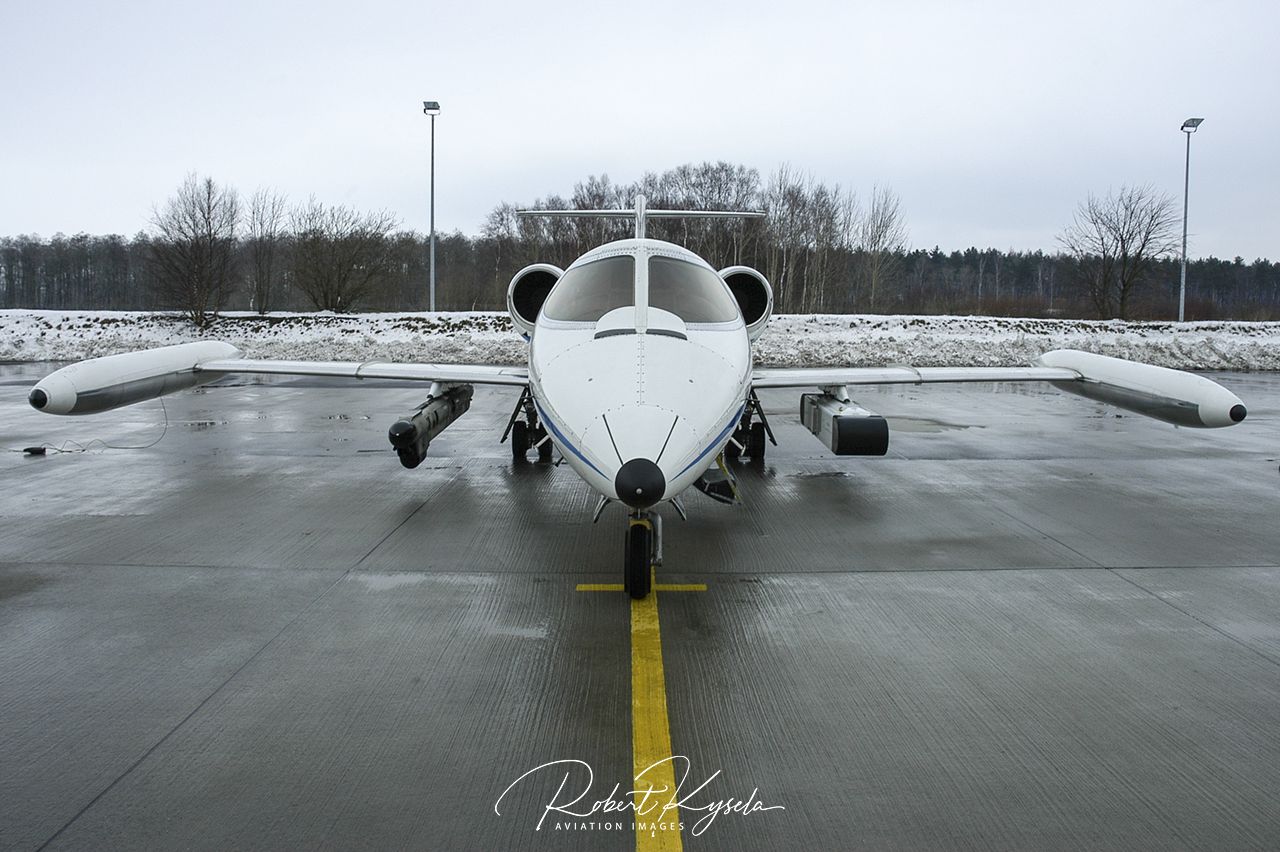
On the surface not much seems to have changed since aircraft were first used for aerial target towing. Much more sophisticated targets capable of carrying payloads of state of the art electronic equipment now provide an improved and broadened range of scenarios that have all but replaced simple towed windsleeves and targets. Today, Electronic Warfare (EW) is also a major part of the target towing business as is the testing of newly developed guided missile systems. Previously it was a countries respective air force that carried out target towing duties, however more and more countries are now turning to civilian specialists to carry out this important work. One of these companies is the GFD (Gesellschaft fuer Flugzieldarstellung GmbH – Target Towing Association Inc.) Corporation, a subsidiary of the EADS consortium Germany Incorporated since 2002
The company GFD was originally founded at Westerland airfield on the isle of Sylt in 1966.
R. Kysela
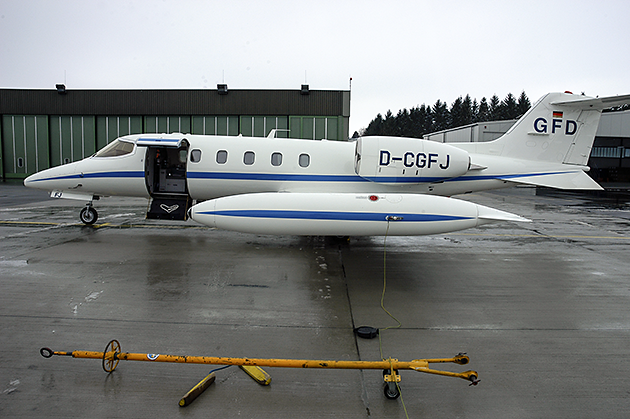
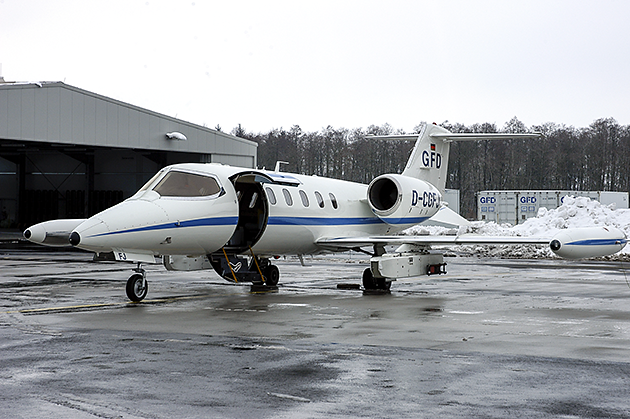
Previously it was a countries respective air force that carried out target towing duties, however more and more countries are now turning to civilian specialists to carry out this important work. One of these companies is the GFD (Gesellschaft fuer Flugzieldarstellung) GmbH (Target Towing Association Inc) Corporation, a subsidiary of the EADS consortium Germany Inc since 2002. The company GFD was originally founded at Westerland airfield on the isle of Sylt in 1966. Aircraft in use at the time were former Luftwaffe Canadair Sabre 6 jets (until 1974) with the FIAT G-91 being utilised from 1974 to 1992. In 1989 GFD began transition to the Learjet 35/36 and currently operates a total of 11 of these aircraft from Hohn-Rendsburg Airbase, which is also the home of Lufttransportgeschwader 63 (Air Transport Squadron 63 ). This symbiosis has many advantages for the two organisations, as acknowledged by the CO of the LTG 63, Col. Helmut Frietzsche and GFD`s CEO, Mr. Klaus Menzel.
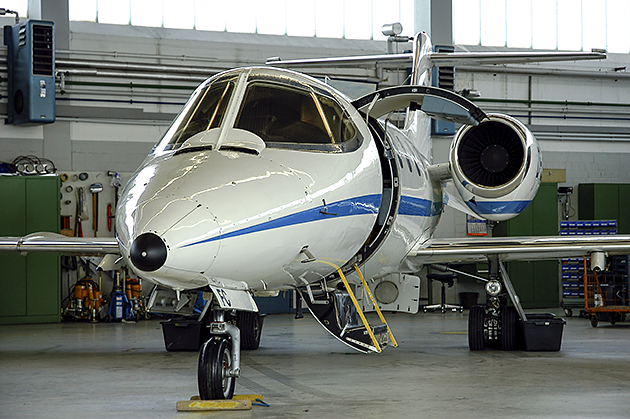
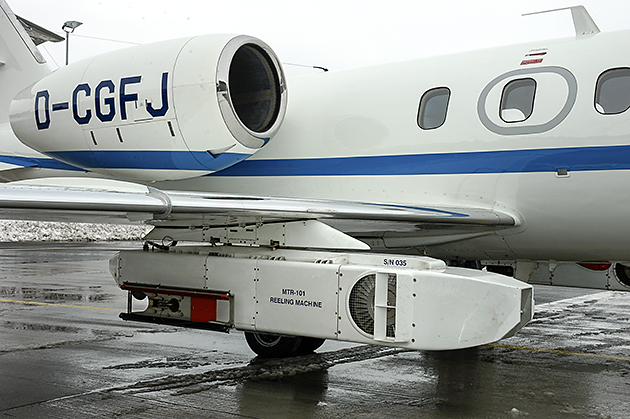
The fact that a vast majority of GFD employees have a military background (of the 28 pilots currently employed by GFD, only two didnt started their flying career in the Air Force or Navy) makes things considerably easier. The Bundesamt fuer Wehrtechnik und Beschaffung (German Federal Office of Armament and Supply) negotiations for the contracting of target towing services with contracts generally lasting five years. Once a contract is complete a new contract is raised and issued.
The main task carried out by GFD is what is known as medium-speed target towing, which can incorporate the following:
+ Target simulation
+ Target simulation utilising a towed target
+ Target simulation without a towed target
+ Fighter mission control training+
+ Live – Electronic Warfare training
Various types of towed targets are available depending on the mission required. For Anti-Aircraft Artillery (AAA) training, soft targets (windsleeves) are used while hard targets (target pods) are also available and capable of carrying equipment such as an electronic hit indicator. One of the major advantages of using the Gates Learjet is that it provides the ability for two target bodies to be deployed and retracted simultaneously through the use of two onboard air-driven Marquard MTR-101 cable winches. The distance from the tow aircraft to the trailing target is approximately 1.6 nautical miles for soft targets and up to 3.5 nautical miles for hard targets. These distances are calculated taking in to account the theoretical range of the weapons employed and the nature of ammunition in use. This provides the maximum level of safety for the tow aircraft and its crew. All target-towing missions are carried out in strict accordance with well defined procedures, also maximizing safety. Projectile trajectory (from a Gepard SPAAG for example), the aircrafts flight path and the firing timeframe are all accurately calculated, while an extremely long tow cable also ensures that the tow aircraft is well out of the shooters firing line. These activities not only call for extensive planning and accurate timing but also for an extremely experienced aircrew. For this reason the majority of aircrew employed by GFD is recruited directly from the Navy and the Air Force as these crews are well acquainted with the procedures and requirements of target towing.
The DO-SK6 is an 8.85ft long pod of glass-fiber and reinforced plastic construction that can be towed at speeds of up to 350 knots.
R. Kysela
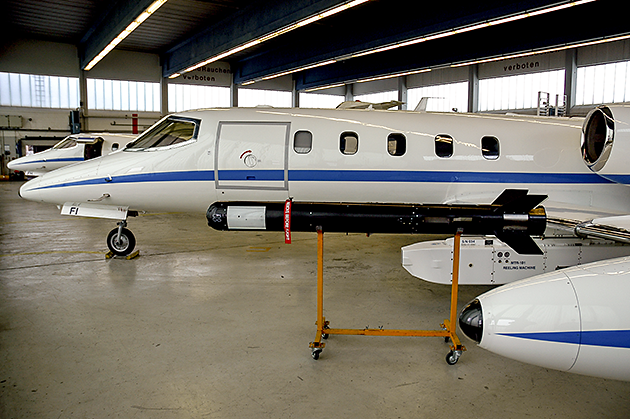
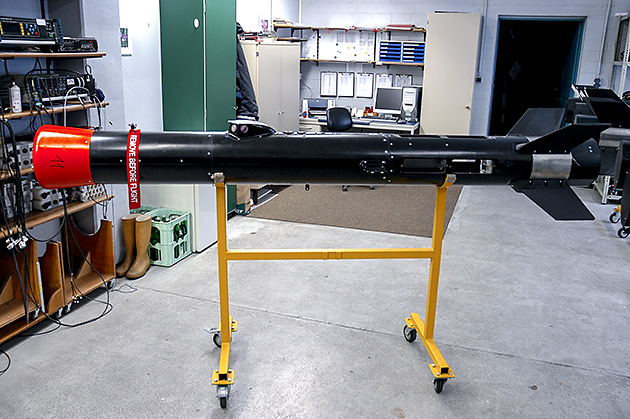
The DO-SK6 target pod is manufactured by the EADS-Dornier Corporation and can weigh from 36 to 70 kg depending on its configuration. These pods can be equipped with various sub systems and sensors including a zinc–sulfide head, which creates a strong heat source (using powerful batteries), smoke cartridges, flare dispensers and various plotting and communications equipment. The DO-SK6 is an 8.85ft long pod of glass-fiber and reinforced plastic construction that can be towed at speeds of up to 350 knots. At these speeds this pod is actually capable of generating its own lift
Beside the DO-SK6 pod, TGL-3C & D Windsleeves and AGDUS laser simulator (for use with the Gepard SPAAG) various other different electronic pods can also be deployed including the AN/ALQ-119 GY Jamming Pod or the DASA Low Band Pod. With this equipment jamming missions are flown against a wide range of radar systems. These missions are known as Jamkite (kite is the radio callsign for all missions flown by GFD) and are executed by specially equipped Learjets carrying an additional crew member to operate the supplementary electronic equipment. The military client of these particular missions always carries out the data interpretation.
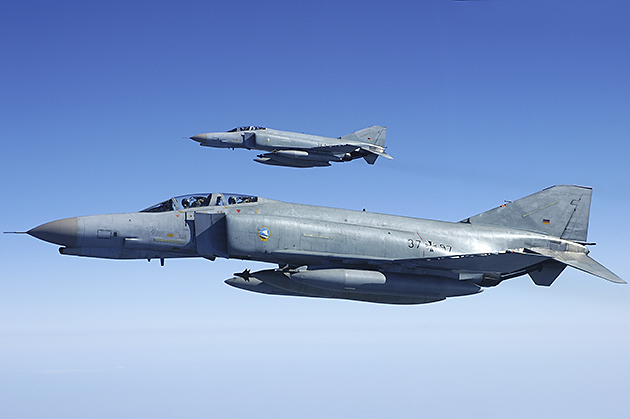
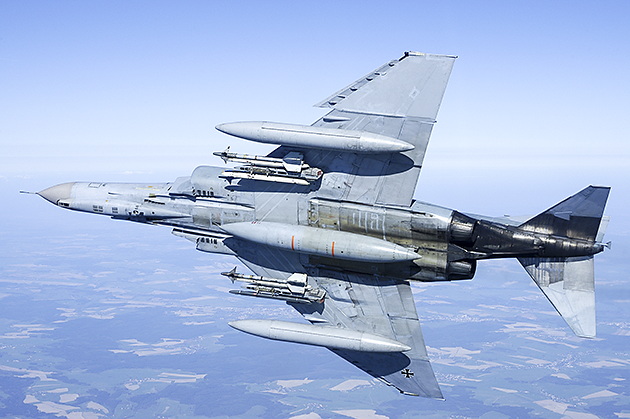
Another interesting task carried out by the GFD Corporation is what is known as a Renegade mission. This scenario involves one of the firms Learjets used to represent a civilian airliner that has not responded to Air Traffic Control (ATC) instructions or failed to fly a planned flight path. German Luftwaffe McDonnell Douglas F-4F Phantom II Quick Reaction Aircraft (QRA) are then scrabbled for interception. Its interesting to note that as opposed to other missions, the Phantom crews are not told if the mission is real or just another training exercise. The Learjet is perfectly suited to these tasks with its long range (up to 5 and half-hours in the operating area without using its external fuel tanks), fine maneuverability and good economy. All Learjets have been modified for target towing by strengthening the windscreens and extending the external wing tip fuel tanks by approx 3.3ft. Avcon fins have also been fitted to the rear of the fuselage to increase the stability of the aircraft during target towing while the interior has basically been left intact, although most of the seats had been removed.
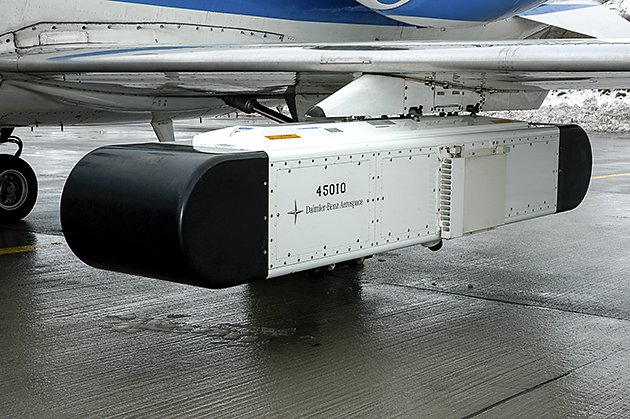
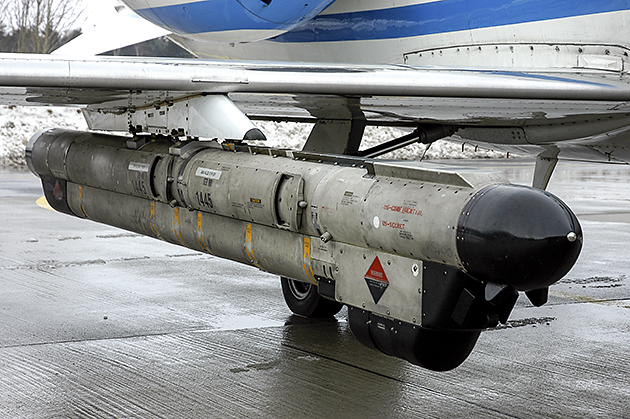
Support to the German Defence forces is not the only work carried out by the GFD Corporation. GFD also fulfills various research contracts for the Bundesministerium fuer Bildung, Wissenschaft, Forschung und Technologie – (BMBF or Federal Office for Education, Science, Research and Technology) as well as various armament trials on behalf of the Defence industry (testing of the AGDUS system and IRIS-T for example). A civilian experiment that should be mentioned here is POLSTAR II. Operating from Kiruna airfield in Sweden, GFD Learjets are used to carry out aerosol measurements in the earths stratosphere. Its interesting how a company developed to support military aviation, actually covers such a wide range of activity, a lot more than we can write about in this brief article.
The GFD Corporation is a fine example for what can be achieved when some areas of military activity are outsourced to highly specialised civilian enterprises who provide a high degree of flexibility at low running costs through a customer focused system. In a world of constantly rising costs and decreasing Defence budgets, it can only benefit those who ultimately pay the bill: The taxpayer!
On this note I would like to express my sincere thanks to staff members of the GFD Corporation for their great support in the making of this article
Robert Kysela / CHK6

